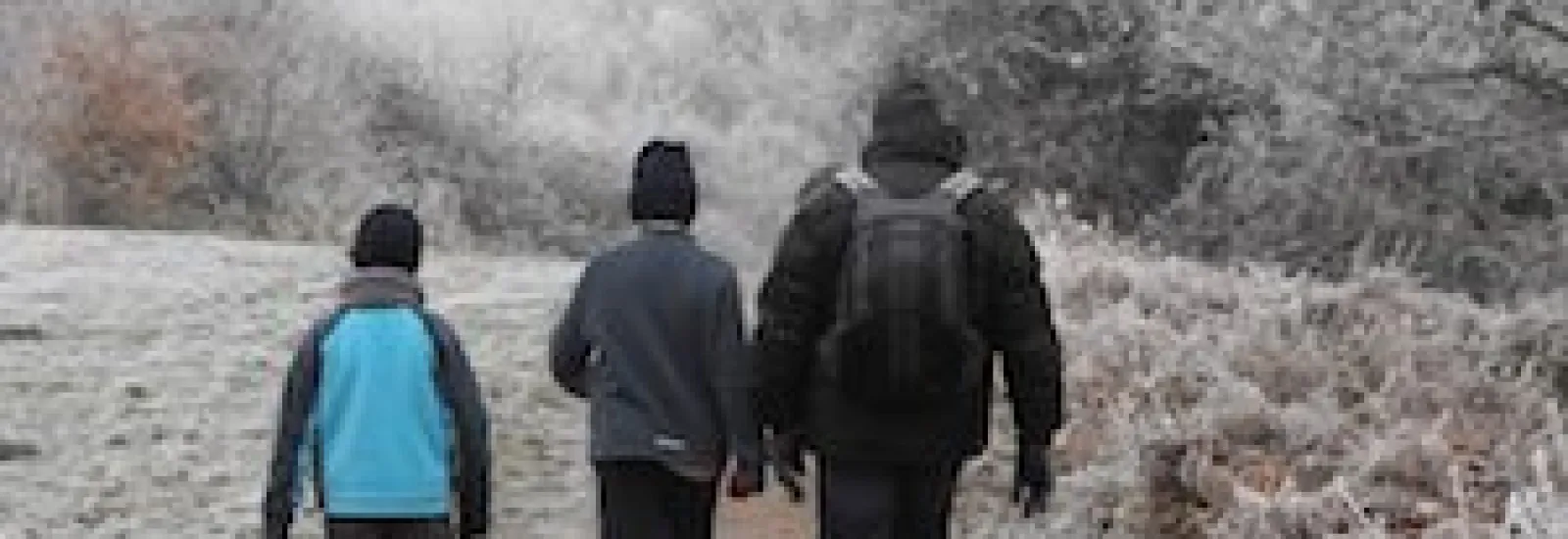
Tips for your winter exercise routine
When the seasons change your exercise program needs to adapt too. Maintaining a winter exercise routine can seem challenging especially if you live in a snowy cold or rainy climate. These tips will help you exercise safely outdoors in winter and figure out how to move your routine indoors when needed.
Exercising in the cold: How to stay safe
If you have a condition that might be affected by cold weather like Raynaud’s disease asthma or heart issues the Mayo Clinic advises you check with your physician before exercising in the cold.
If you don’t have any such conditions or your doctor gives you the all-clear these tips from the Mayo Clinic will help you stay warm and safe outdoors in winter:
- Dress in layers. Many people overdress for exercise in cold weather. You generate a lot of heat by exercising but you also sweat and the sweat cools you as it evaporates. Layers allow you to warm up; shed them as you start to sweat then add them back as you cool down. Start with a thin layer of synthetic next to your skin. This will wick sweat away from your body. The next layer should be fleece or wool to help insulate you from cold. The final outer layer should be a waterproof breathable material. Make sure to protect exposed areas like your head feet ears and hands. You lose a lot of body heat from your head and your extremities don’t get the same intense blood flow as your core so they can get chilled more quickly.
- Be watchful for signs of hypothermia and frostbite. Frostbite is when freezing injures your skin usually exposed skin such as on the face and ears. The earliest signs are numbness a stinging feeling or loss of feeling in the area. If you think you might be getting frostbite move indoors immediately. Warm the area slowly without rubbing. If the symptoms don’t subside seek emergency care. Hypothermia is when your body temperature becomes abnormally low. Symptoms include slurred speech intense shivering fatigue and loss of coordination. If you suspect hypothermia get somewhere warm and seek emergency help immediately.
- Stay hydrated. It’s just as important to drink plenty of water during the winter as it is during warm weather so be sure to bring along a water bottle and keep up with intake.
- Keep your phone with you. SparkPeople reminds winter exercisers that it’s important to make sure you can contact emergency help when needed in the winter when there may be fewer people around outside. Be sure to have your phone charged before you leave the house especially if you’re exercising alone.

When to move exercise indoors
Knowing when you should pack it in and get — or stay — inside is key to successful winter exercise. Check your weather forecast. Wind chill is especially important to consider as an extreme wind chill can make outdoor exercise unsafe no matter how you dress.
The Mayo Clinic recommends that you consider exercising indoors if the outdoor temperature is below 0 degrees F or if the wind chill is extreme. At the very least make sure you have waterproof clothing to wear and be ready to come indoors at the first signs of getting chilled.
Indoor exercise ideas
Joining a gym is a good choice for indoor winter workouts suggests SparkPeople. You can use cardio machines and weights at most gyms. Or you could purchase a treadmill stationary bike or elliptical for indoor cardio at home. Don’t overlook the positive effects of body-weight workouts either. Even without weights these routines can keep you fit and strong. There are many body-weight routines that you can do easily at home with no or minimal equipment (like bands available online for free or a small fee).
The Joslin Diabetes Center recommends swimming at an indoor pool joining a mall-walking group finding a buddy to walk with at an indoor track or taking an aerobics class at a fitness club as some indoor exercise options.
Whatever you choose to do for winter exercise the key is to stay safe and warm while still moving.
Image source: Freeimages.com

